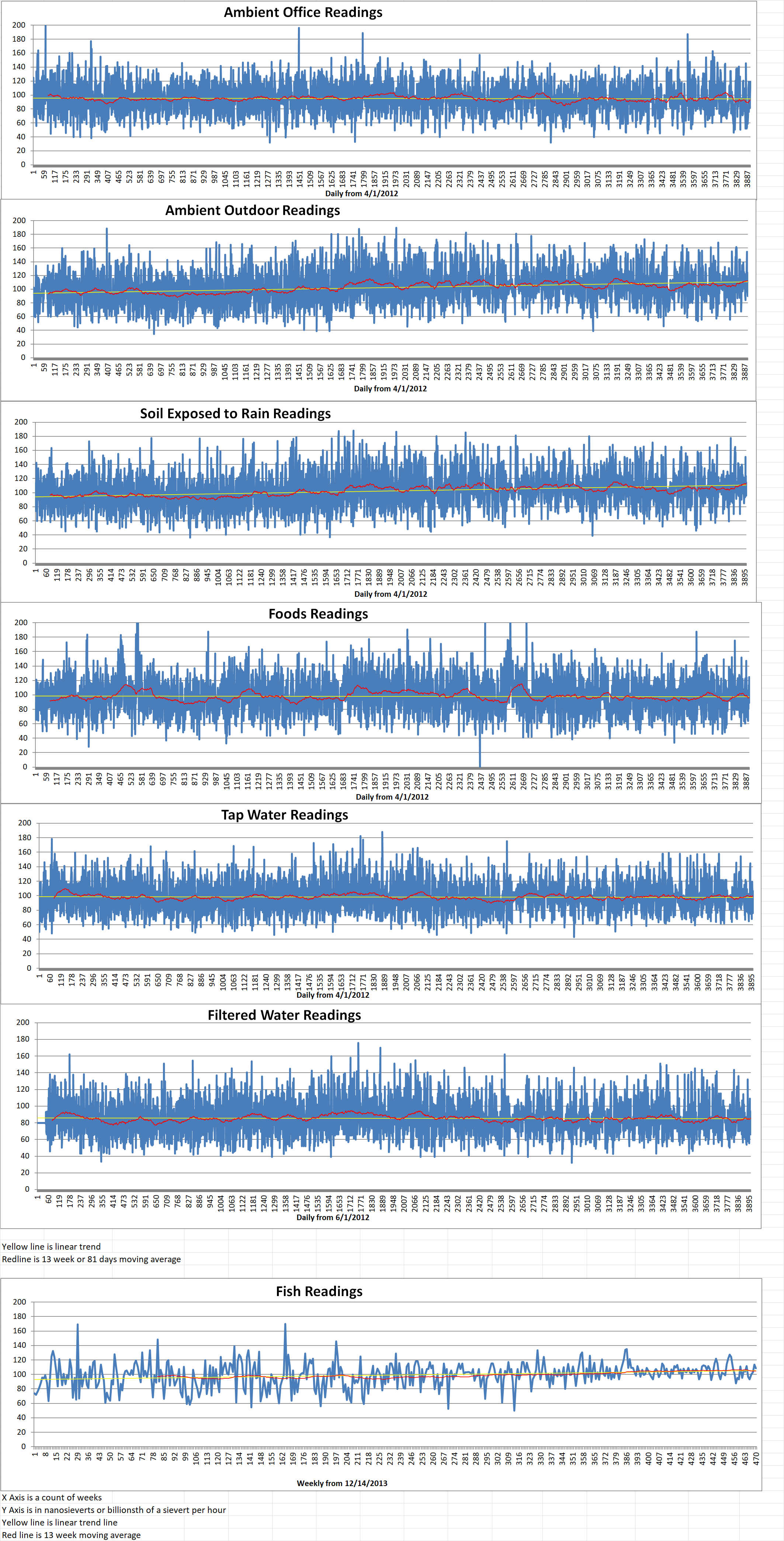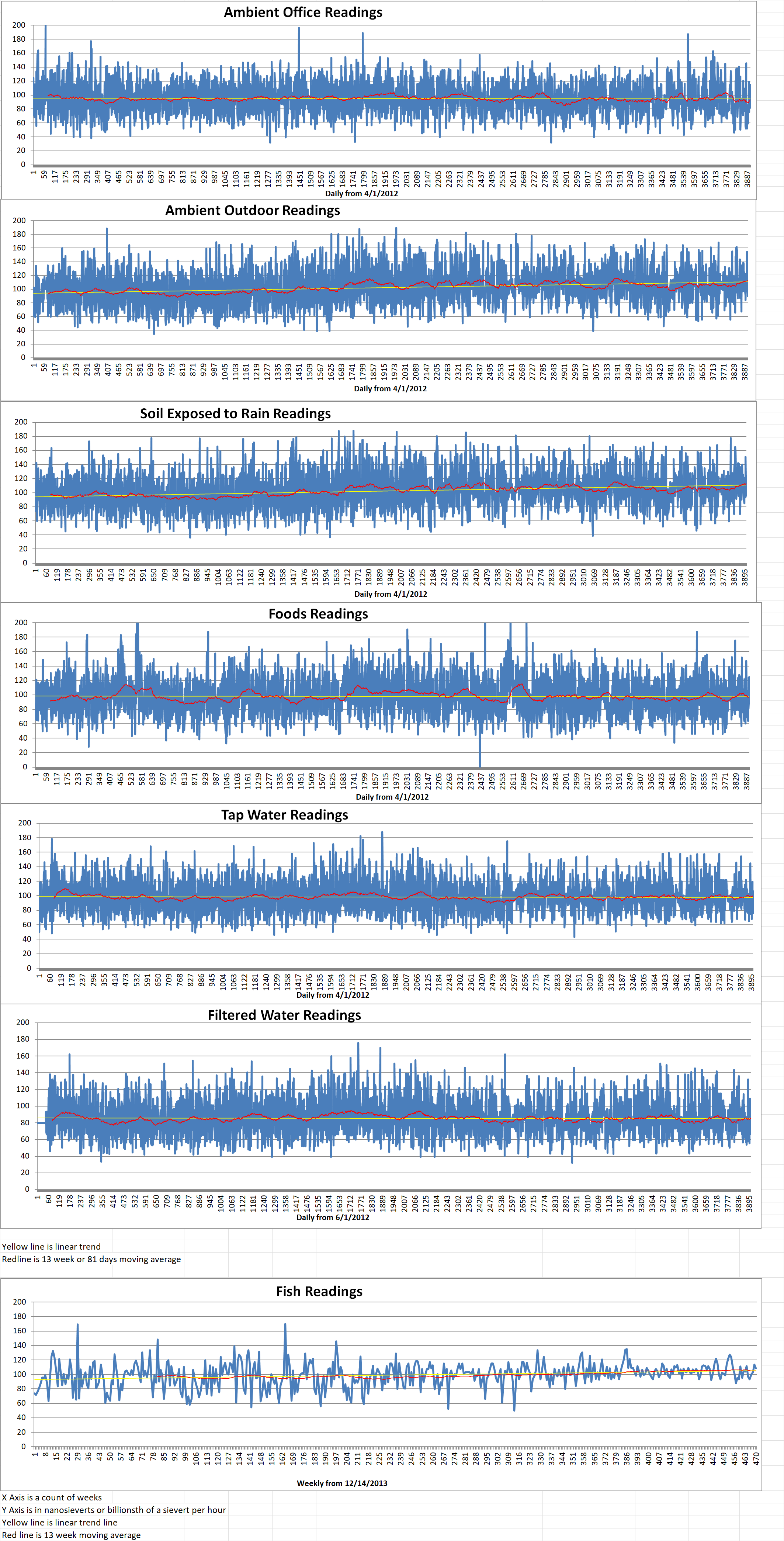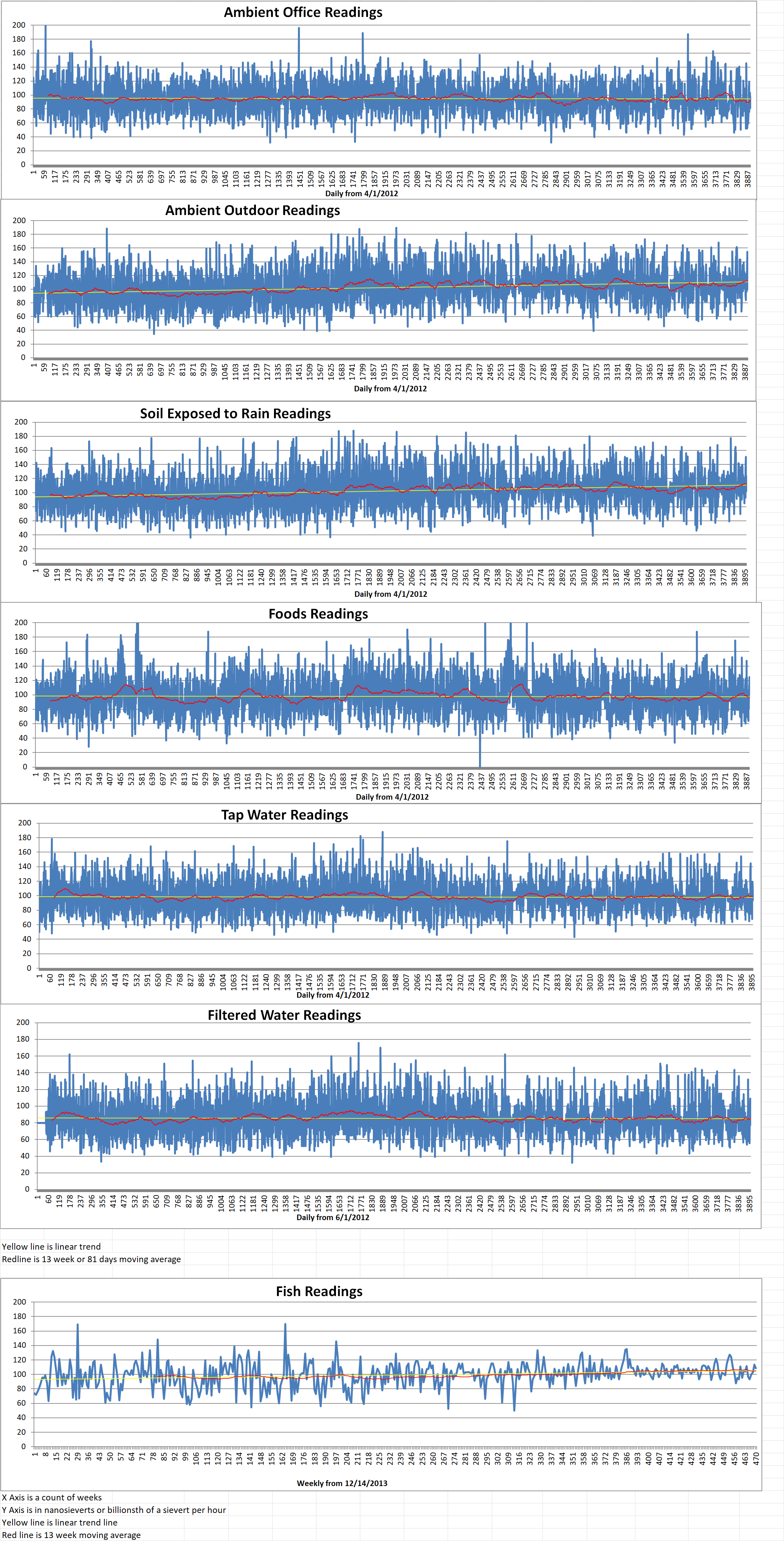Leadcold is a lead-cooled small modular reactor (SMR) technology developer based in Sweden. They are conducting a feasibility study on the construction and operation of a demonstration Swedish Advanced Lead Reactor (SEALER).
The SEALER-D reactor is intended to have a thermal output of eighty megawatts. The fuel rods will be cooled by about eight hundred tons of liquid lead. The reactor will have a height and a diameter of about fifty feet.
The company stated that building the research reactors is an important step for Leadcold to start producing SMRs for the global market. Leadcold’s goal is for its first SEALER-55 commercial reactor to be ready for operation by 2030. It is assumed that permission to conduct nuclear activities will be granted.
Jacob Stedman is the CEO of Leadcold. He said, “Sweden needs more baseload power that can complement the rapid and important expansion of wind and solar. This reactor will be the first step towards the next generation of nuclear for cheap and safe baseload electricity. We look forward to now starting to investigate the conditions for Sweden’s next research reactor in collaboration with Studsvik AB, the municipality and the authorities.”
Joakim Lundström is the Business Area President for Fuel and Materials Technology at Studsvik AB. He said “It is positive that Leadcold is investigating the possibilities for a research reactor at Studsvik, where we can contribute with our unique and world-leading expertise.”
In a press release, Studsvik AB said, “Such a development would fit well within the other research and development activities taking place on our site. We look forward to helping to contribute towards LeadCold’s evaluation with our diverse array of expertise ranging from nuclear fuel, reactor materials, and testing development and infrastructure to our efficient solutions for waste handling, and we hope our site proves a suitable location for their reactor.”
Uniper Sweden, Leadcold and the Royal Institute of Technology (KTH) announced in February 2021 that they are collaborating. Together they are exploring the possibility of constructing a demonstration Leadcold SEALER reactor at the Oskarshamn nuclear power plant site by 2030. The partners received a ninety-nine million dollar grant from the Swedish Energy Agency towards building a two and a half megawatts of thermal energy non-nuclear prototype (SEALER-E) at Oskarshamn.
The SEALER design generates fifty-five megawatts over a ten-to-thirty-year period without requiring refueling. After operation, the first SEALER units will be moved to a centralized recycling facility.
Stedman said, “The development of new nuclear power must take place in close cooperation with the municipality, the government and the authorities. Sweden has become a very good country to develop the nuclear power of the future in. We have committed political decision-makers, competent authorities, and consumers and industry who want cheap and green electricity. We look forward to taking the first step towards building Sweden’s next nuclear reactor.”
Leadcold is a spin-off from KTH in Stockholm. Lead-cooled reactors have been under development since 1996. Leadcold was founded in 2013 as a joint stock company. It has Canadian subsidiary, Leadcold Reactors Inc. This subsidiary is registered in Alberta, Northwest Territories and Nunavut.






